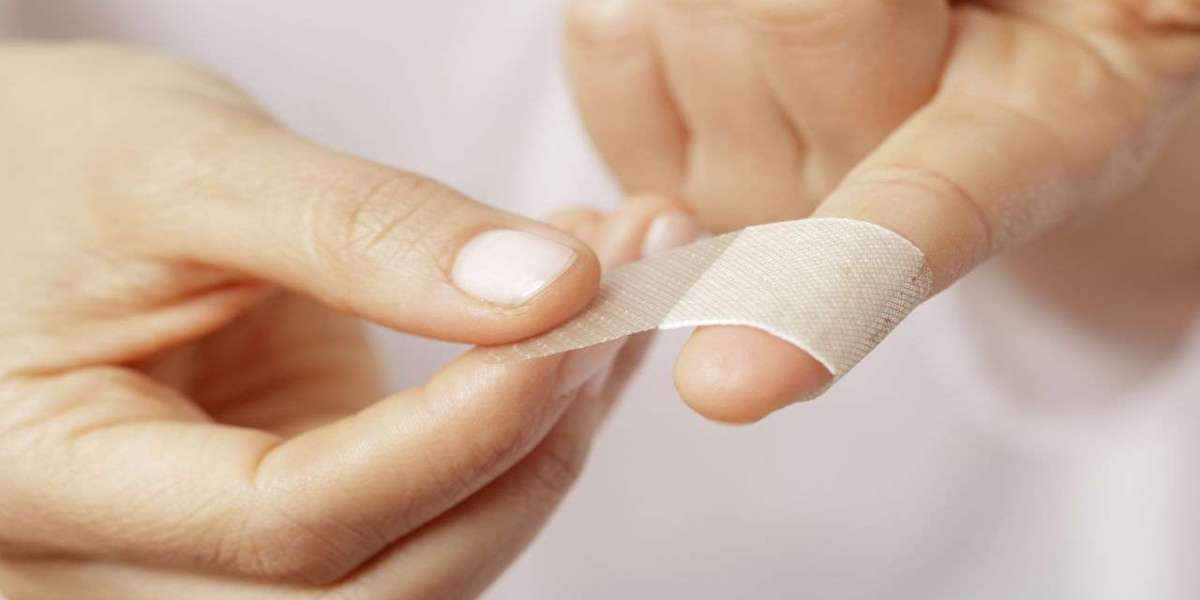Cuts and scrapes are common injuries that can occur to anyone at any time. They vary in severity and can happen during everyday activities, from cooking to playing sports. Understanding how to manage these injuries is crucial for promoting effective healing and preventing infections.
What Are Cuts and Scrapes?
Cuts, also known as lacerations, are injuries that break the skin. They can be shallow or deep and may bleed depending on the severity. Cuts are typically caused by sharp objects, such as knives, scissors, or broken glass.
Scrapes, or abrasions, occur when the skin is scraped off, often exposing the underlying tissue. They can happen during falls or when a rough surface rubs against the skin. Unlike cuts, scrapes usually do not bleed heavily but can still be painful and prone to infection.
Common Causes of Cuts and Scrapes
Accidental Injuries: Everyday activities can lead to accidental injuries. Cooking, gardening, or even handling tools can result in cuts and scrapes.
Sports: Physical activities often involve contact and movement that can lead to falls or collisions, resulting in scrapes and cuts.
Falls: Tripping, slipping, or falling can cause abrasions or cuts, particularly on the knees, elbows, and hands.
Animal Bites: Interactions with pets or wildlife can lead to cuts or scrapes from bites or scratches.
Insect Bites: Scratches from insects, especially when scratching the affected area, can lead to skin abrasions.
Signs and Symptoms
Identifying cuts and scrapes is relatively straightforward. Here are some common signs and symptoms:
Bleeding: Cuts may bleed, ranging from minor to heavy. Scrapes may not bleed significantly but can ooze clear fluid.
Pain: Both cuts and scrapes can be painful, depending on the depth and location of the injury.
Swelling and Redness: The affected area may become swollen, red, and warm, indicating inflammation.
Discharge: Infected cuts or scrapes may produce pus or have a foul odor.
First Aid for Cuts and Scrapes
Proper first aid is crucial in managing cuts and scrapes to promote healing and reduce the risk of infection. Here’s a step-by-step guide:
Wash Your Hands: Before treating the injury, ensure your hands are clean to prevent introducing bacteria.
Stop the Bleeding:
For cuts, apply gentle pressure using a clean cloth or bandage until the bleeding stops. If the bleeding is severe and does not stop, seek medical attention.
For scrapes, bleeding is usually minimal, but applying gentle pressure can help if necessary.
Clean the Wound:
Rinse the cut or scrape under clean running water to remove dirt and debris. Avoid using alcohol or hydrogen peroxide, as these can irritate the wound.
Use mild soap to clean around the wound but avoid getting soap directly in it.
Apply an Antibiotic Ointment: After cleaning, apply a thin layer of antibiotic ointment (like Neosporin) to help prevent infection.
Cover the Wound:
For cuts, use a sterile bandage or adhesive strip to cover the area and keep it clean.
For scrapes, a non-stick gauze pad may be sufficient. Change the dressing daily or whenever it becomes wet or dirty.
Watch for Signs of Infection: Monitor the wound for signs of infection, such as increased redness, swelling, warmth, or discharge. If these symptoms occur, consult a healthcare professional.
When to Seek Medical Attention
While many cuts and scrapes can be treated at home, certain situations warrant professional medical attention. Seek help if:
The cut is deep, jagged, or won’t stop bleeding.
The injury is caused by a dirty or rusty object, as this increases the risk of tetanus.
There are signs of infection, such as increased pain, swelling, or pus.
The injury is on the face or joint, which may require specialized care.
You have not had a tetanus shot in the last five years for a significant wound.
Preventing Cuts and Scrapes
Prevention is always better than treatment. Here are some tips to help reduce the risk of cuts and scrapes:
Wear Protective Gear: When engaging in activities that could lead to injuries (like sports or DIY projects), always wear appropriate protective gear, such as gloves, pads, or helmets.
Keep Sharp Objects Safely Stored: Ensure that knives, scissors, and other sharp objects are stored securely and out of reach of children.
Be Mindful of Your Surroundings: Stay aware of your environment, especially when walking or running. Avoid slippery surfaces and obstacles.
Use Safety Equipment: If you’re working with tools or machinery, make sure to use the proper safety equipment and follow safety guidelines.
Educate Children: Teach children about the importance of safety and how to avoid injuries. Encourage them to be cautious during play and to respect sharp objects.
Home Remedies for Cuts and Scrapes
In addition to first aid, several home remedies can support healing and relieve discomfort:
Aloe Vera: Known for its soothing properties, aloe vera can help reduce pain and promote healing when applied to cuts and scrapes.
Honey: Honey has natural antibacterial properties. Applying a thin layer can help prevent infection and speed up healing.
Coconut Oil: This oil can hydrate the skin and has antimicrobial properties, making it beneficial for healing cuts and scrapes.
Tea Tree Oil: This essential oil has antiseptic properties. Dilute it with a carrier oil and apply it to the wound to help prevent infection.
Chamomile Tea Compress: Soaking a cloth in chamomile tea and applying it to the injury can help soothe irritation and reduce inflammation.
Conclusion
Managing cuts and scrapes effectively is essential for promoting healing and preventing complications. By understanding the nature of these injuries, applying appropriate first aid, and knowing when to seek medical attention, you can ensure optimal recovery.
For those in need of professional care, First Care Clinics4U in UK offers comprehensive services for treating minor injuries and ensuring proper wound care.
FAQs about Cuts & Scrapes
How long does it take for a cut to heal?
Healing time varies based on the cut's severity, location, and individual health factors. Minor cuts typically heal within a week, while deeper cuts may take longer.
Can I swim with a cut or scrape?
It’s best to avoid swimming until the wound is healed to prevent infection, especially in public pools or natural water.
What should I do if a cut opens again?
If a cut reopens, clean it gently and reapply a fresh dressing. If it does not close or shows signs of infection, consult a healthcare professional.
Are there any special considerations for children’s cuts?
Children’s skin can be more sensitive. Always ensure to clean and dress their wounds gently, and monitor for signs of infection more closely.
How can I tell if a scrape is infected?
Signs of infection include increased redness, warmth, swelling, pain, and discharge. If you notice these symptoms, seek medical attention promptly.






